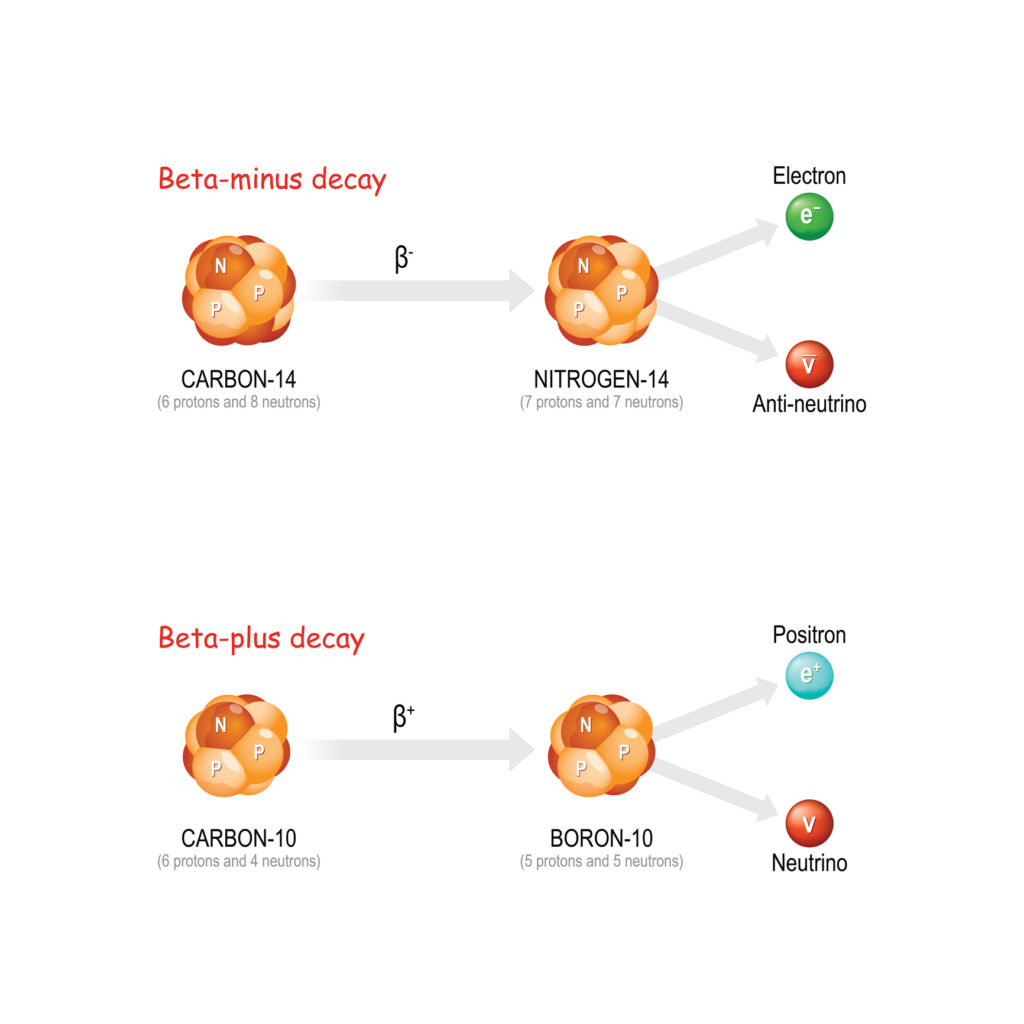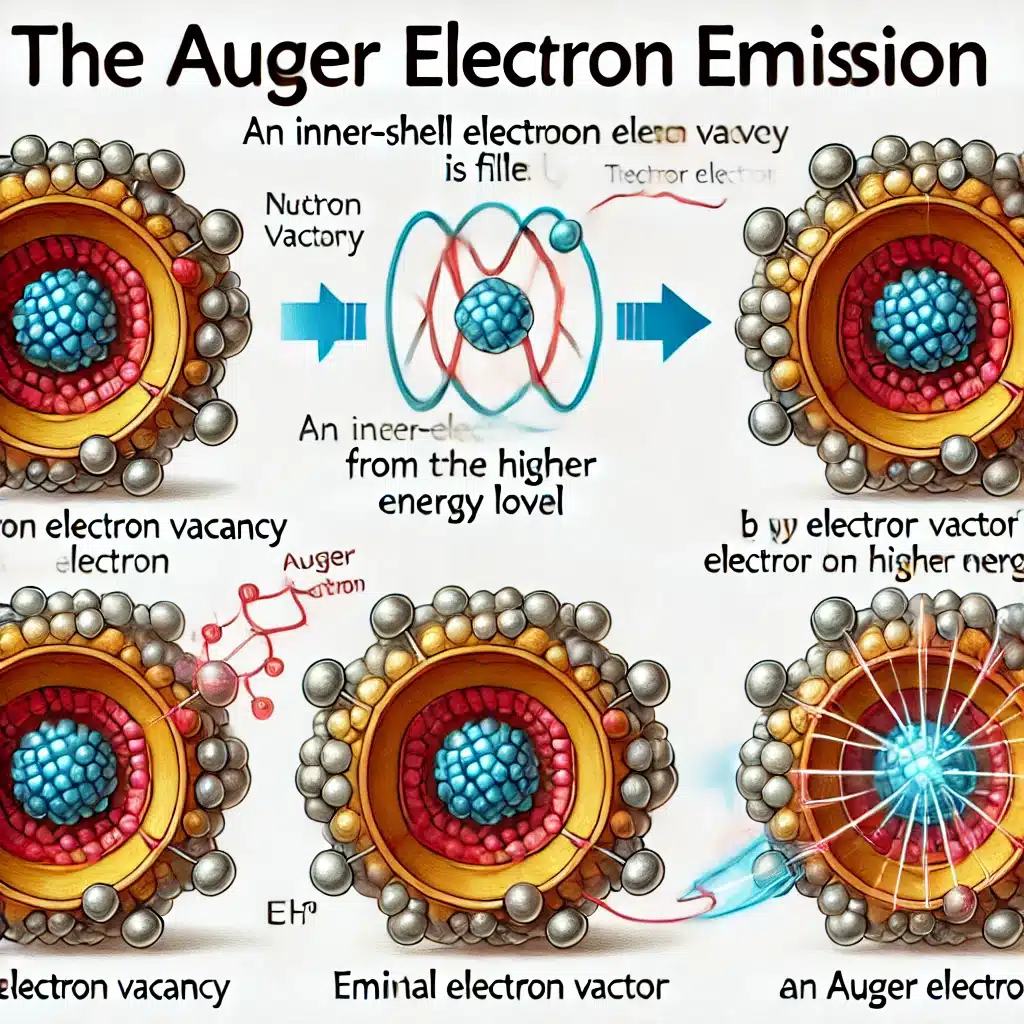The Bragg Peak is a fundamental concept in the field of medical physics, particularly in proton therapy for cancer treatment. This phenomenon, first described by William Henry Bragg and his son William Lawrence Bragg in the early 20th century, highlights the unique way in which charged particles, such as protons, deposit their energy as they travel through matter. The Bragg Peak offers significant advantages over traditional photon-based radiation therapy, allowing for more precise targeting of tumours while minimising damage to surrounding healthy tissue. This article will explore the physics behind the Bragg Peak, its discovery and historical context, its applications in proton therapy, and its future implications in medical treatment.
Introduction
The Bragg Peak is a term that is intimately associated with the field of radiation therapy, particularly in the context of proton therapy. It describes a characteristic of charged particles, such as protons or heavy ions, where they deposit most of their energy towards the end of their path in a medium, resulting in a peak in the dose distribution known as the Bragg Peak. This phenomenon has revolutionised cancer treatment by offering an approach that maximises damage to cancerous cells while sparing healthy tissue, a goal that is the cornerstone of effective radiation therapy.
The Physics Behind the Bragg Peak
To understand the Bragg Peak, it is essential to grasp the basic interactions of charged particles with matter. When a charged particle such as a proton travels through a medium, it loses energy primarily through interactions with the electrons of the atoms in that medium. This energy loss process is known as ionisation.
Energy Deposition in Matter
As the charged particle moves through the medium, it gradually slows down due to continuous interactions with electrons, which result in energy being deposited along its path. However, the rate of energy loss is not constant. Initially, as the proton enters the medium with high energy, it loses energy relatively slowly. As the proton slows down, the rate of energy loss increases, reaching a maximum just before the particle comes to a stop. This rapid increase in energy deposition near the end of the particle’s range is what creates the Bragg Peak.
Mathematical Description of the Bragg Peak
The Bragg Peak can be described mathematically using the Bethe-Bloch equation, which provides a formula for the energy loss of charged particles as they traverse a medium. The equation takes into account factors such as the particle’s charge and velocity, the medium’s density, and the atomic number of the medium’s constituent atoms.
The Bethe-Bloch equation highlights that the energy loss per unit path length increases as the velocity of the charged particle decreases, which explains why the Bragg Peak occurs just before the particle comes to rest.
Discovery and Historical Context
The Bragg Peak is named after Sir William Henry Bragg and his son Sir William Lawrence Bragg, who made significant contributions to the understanding of X-rays and crystal structures in the early 20th century. Their work in physics earned them the Nobel Prize in Physics in 1915, but their contributions to radiation physics, particularly the understanding of energy deposition by charged particles, laid the groundwork for the concept of the Bragg Peak.
Early Observations
The Bragg Peak phenomenon was first observed in the context of alpha particles (helium nuclei) during early radiation studies. Scientists noted that these particles deposited most of their energy at the end of their paths in the medium rather than uniformly throughout, which was contrary to the behaviour of X-rays and gamma rays.
Through their studies on the interaction of X-rays and other forms of radiation with matter, the Braggs were instrumental in formulating a theoretical framework that could explain this observation. This framework laid the foundation for later developments in particle therapy.
Evolution of the Concept
The practical implications of the Bragg Peak were not immediately realised, particularly in medical treatment. Only in the latter half of the 20th century, with advancements in particle accelerators and a deeper understanding of radiation biology, did the Bragg Peak’s significance in radiation therapy become clear.
Application in Proton Therapy
Proton therapy, a form of particle therapy, uses protons’ unique energy deposition characteristics to treat cancerous tumours. The Bragg Peak is central to this therapy, allowing for precise targeting of tumours with minimal collateral damage to surrounding healthy tissue.
Mechanism of Proton Therapy
In proton therapy, a beam of protons is accelerated to high energies using a particle accelerator, such as a cyclotron or synchrotron. These protons are then directed at the tumour. As the protons penetrate the body, they deposit energy at increasing rates, culminating in the Bragg Peak, where the majority of the energy is released directly at the tumour site.
This localisation of energy deposition is in stark contrast to conventional X-ray therapy, where the energy is deposited along the entire path of the X-ray beam, affecting both the tumour and the healthy tissue surrounding it. By adjusting the proton beam’s energy, clinicians can control the Bragg Peak’s depth, allowing them to precisely target tumours at various locations within the body.
Clinical Advantages
The most significant advantage of proton therapy over traditional radiation therapy is the ability to spare healthy tissue from radiation damage. This is particularly important in treating tumours located near critical structures, such as the brain, spinal cord, or eyes, where conventional radiation therapy would risk damaging these sensitive areas.
Additionally, proton therapy is advantageous in paediatric oncology, where sparing healthy tissue is crucial to reducing the risk of long-term side effects and secondary cancers. The precise dose distribution made possible by the Bragg Peak minimises the radiation dose to growing tissues and organs, offering a safer and more effective treatment option for children.
Technical Challenges and Developments
Although proton therapy presents clear advantages, it is not without its challenges. The technology and infrastructure required to generate and control proton beams are complex and costly, limiting the availability of proton therapy centres.
Beam Delivery Systems
One of the primary technical challenges in proton therapy is the development of advanced beam delivery systems that can accurately direct the proton beam to the tumour while sparing surrounding tissue. Current methods include passive scattering, where the proton beam is spread out to cover the tumour, and pencil beam scanning, where the beam is directed across the tumour in a more targeted manner.
Pencil beam scanning, in particular, has seen significant advancements, allowing for greater precision and control in shaping the dose distribution to conform to the tumour’s shape. However, the technology requires sophisticated computational algorithms and real-time imaging to account for patient movement and anatomical changes during treatment.
Treatment Planning and Dosimetry
Treatment planning in proton therapy involves complex calculations to determine the optimal energy and intensity of the proton beam to achieve the desired dose distribution. Accurate treatment planning is essential to ensure that the Bragg Peak is positioned correctly within the tumour and that surrounding healthy tissue is spared.
Dosimetry, the measurement of the radiation dose delivered to the patient, is also a critical aspect of proton therapy. Due to the steep dose gradients associated with the Bragg Peak, small inaccuracies in dosimetry can lead to significant deviations in the delivered dose. Advanced dosimetry techniques, such as three-dimensional dosimetry and in vivo dosimetry, are being developed to improve the accuracy and reliability of dose measurements in proton therapy.
Future Directions and Innovations
The future of proton therapy and its reliance on the Bragg Peak is promising. Ongoing research and development aim to improve the efficacy, accessibility, and cost-effectiveness of this treatment modality.
Heavy Ion Therapy
Beyond protons, heavy ion therapy using carbon ions and other heavy ions is an emerging field that builds on the principles of the Bragg Peak. Heavy ions have a higher mass and charge than protons, resulting in an even more pronounced Bragg Peak and greater biological effectiveness. This makes heavy ion therapy a promising option for treating radioresistant tumours and those located in challenging anatomical sites.
Technological Advancements
Advancements in technology, such as the development of compact proton therapy systems and improvements in beam delivery and imaging techniques, are making proton therapy more accessible and affordable. The integration of artificial intelligence and machine learning into treatment planning and delivery systems is also expected to enhance the precision and efficiency of proton therapy.
Research and Clinical Trials
Ongoing research and clinical trials are essential to expanding the clinical indications for proton therapy and establishing its benefits compared to other treatment modalities. Studies are exploring the use of proton therapy in combination with other treatments, such as chemotherapy and immunotherapy, to enhance its effectiveness and broaden its application in oncology.
Ethical and Economic Considerations
As proton therapy becomes more widely available, ethical and economic considerations must be addressed. The high cost of proton therapy, driven by the expense of building and maintaining proton therapy facilities, raises questions about the equitable distribution of healthcare resources.
Cost-Benefit Analysis
Conducting a thorough cost-benefit analysis is crucial to determine the circumstances under which proton therapy is justified compared to conventional radiation therapy. While the clinical benefits of proton therapy, particularly in paediatric and certain adult cancers, are well-documented, the cost-effectiveness of this treatment in broader applications is still under evaluation.
Access and Equity
Ensuring access to proton therapy for patients who could benefit from it is an ethical imperative. This involves expanding the availability of proton therapy centres and addressing issues of health equity, such as ensuring that patients from all socioeconomic backgrounds have access to this advanced treatment.
Conclusion
The Bragg Peak is a fundamental concept that has profoundly impacted the field of radiation therapy, particularly in the development and application of proton therapy. Its discovery and subsequent application have paved the way for significant advancements in cancer treatment, offering a precise and effective means of targeting tumours while minimising harm to surrounding healthy tissue.
Disclaimer
The content provided in this article is intended for informational and educational purposes only. Open Medscience does not provide medical advice, diagnosis, or treatment. The information presented here reflects the current understanding and research available at the time of publication and should not be used as a substitute for professional medical consultation or clinical judgement.
While efforts have been made to ensure the accuracy and relevance of the material, Open Medscience makes no guarantees regarding the completeness or reliability of any information contained within this article. Readers are advised to consult qualified healthcare professionals or medical physicists for guidance specific to individual conditions or treatment options.
Any references to medical treatments, including proton therapy, are provided as general scientific context and do not constitute endorsement or recommendation by Open Medscience. The views and opinions expressed are those of the authors and do not necessarily reflect those of any affiliated institutions or organisations.
You are here: home » diagnostic medical imaging blog »



